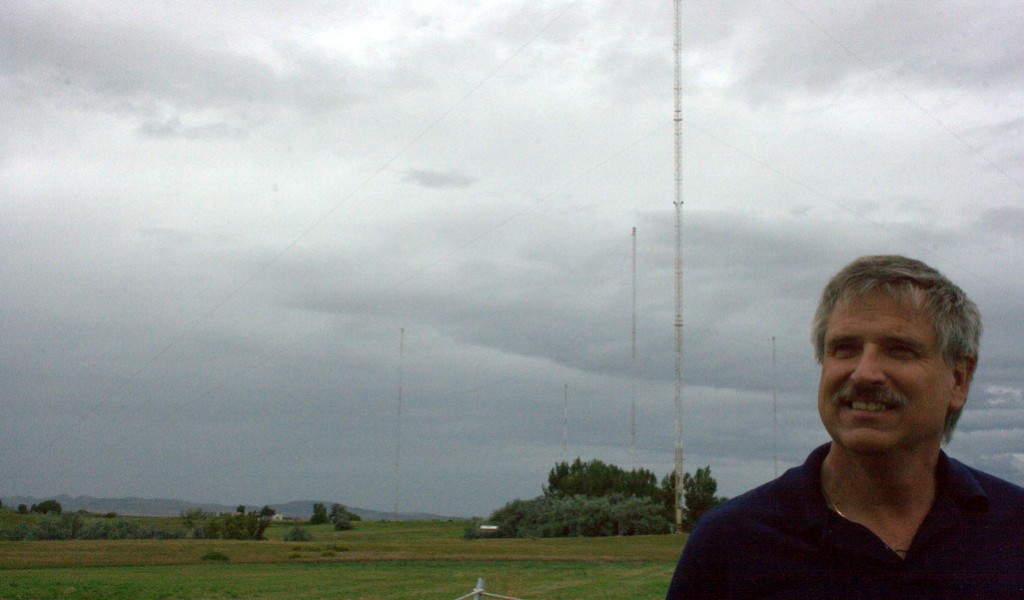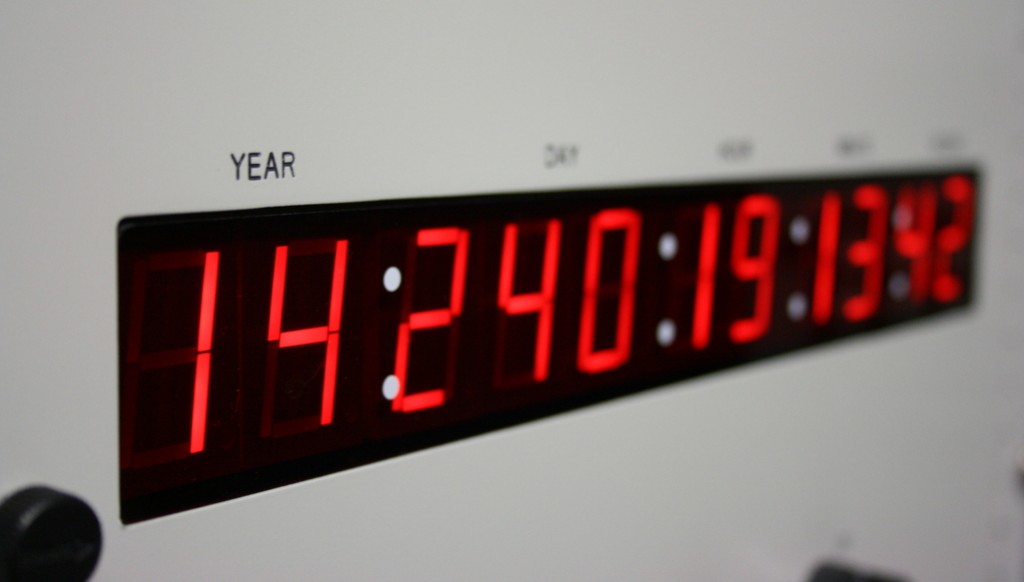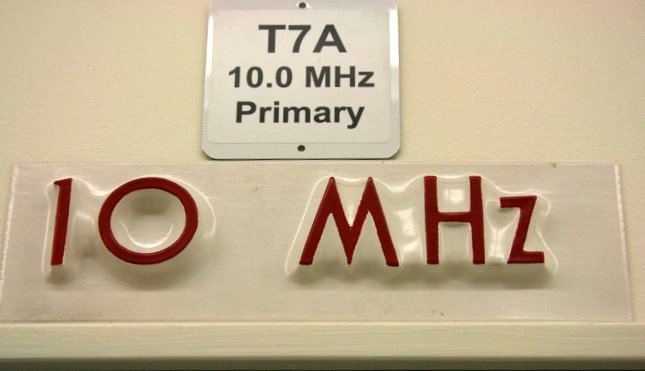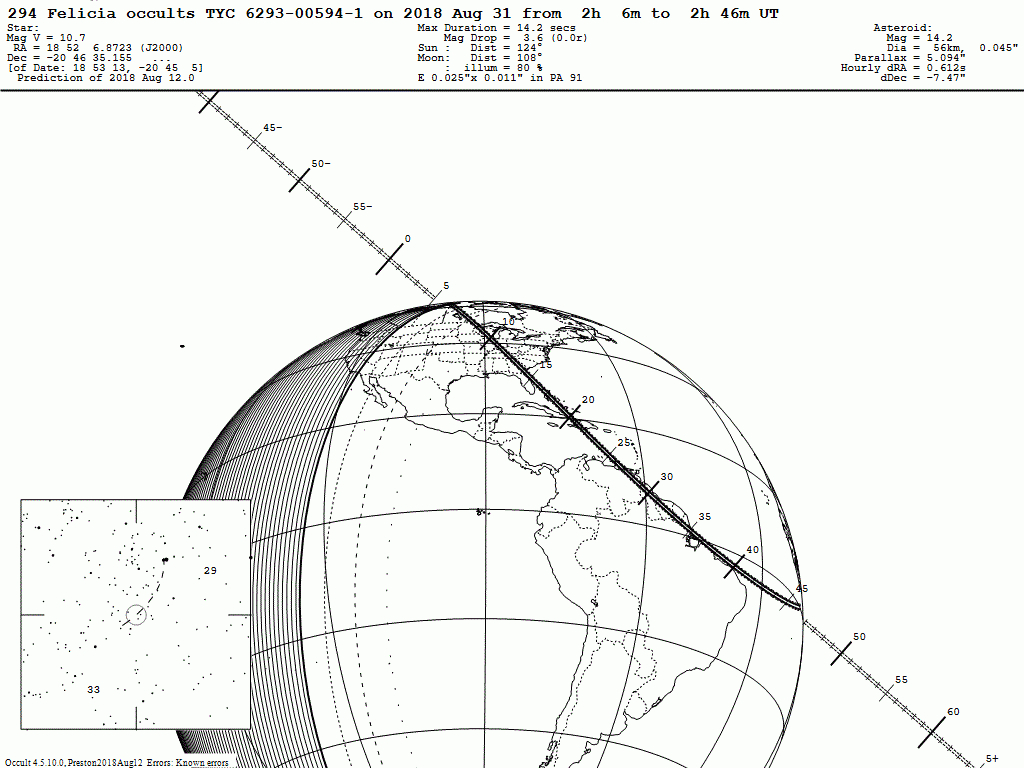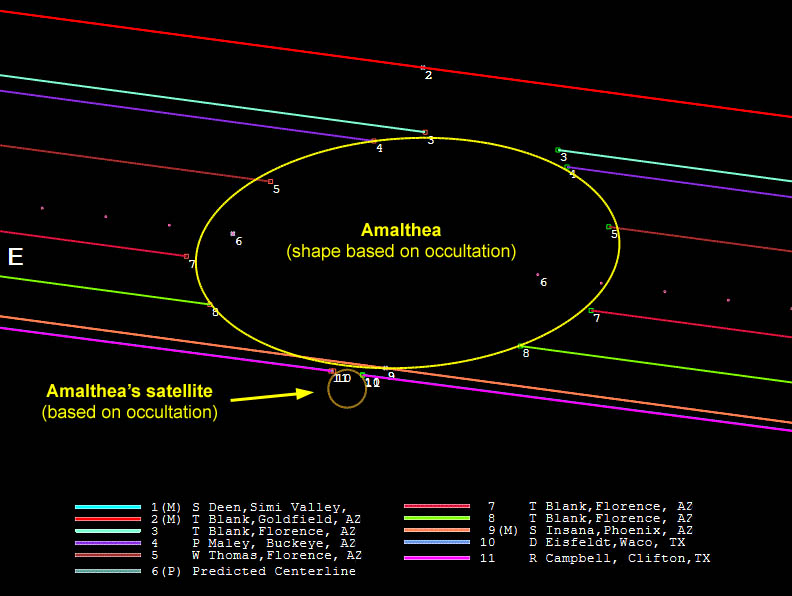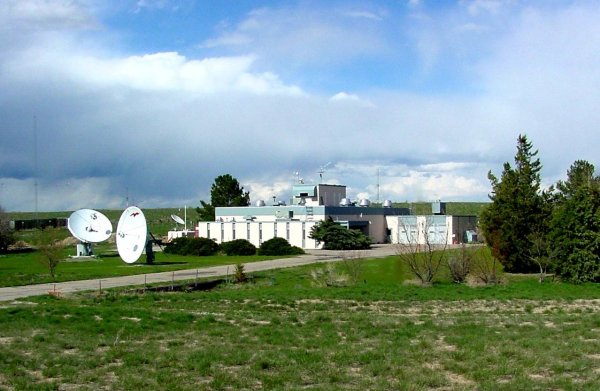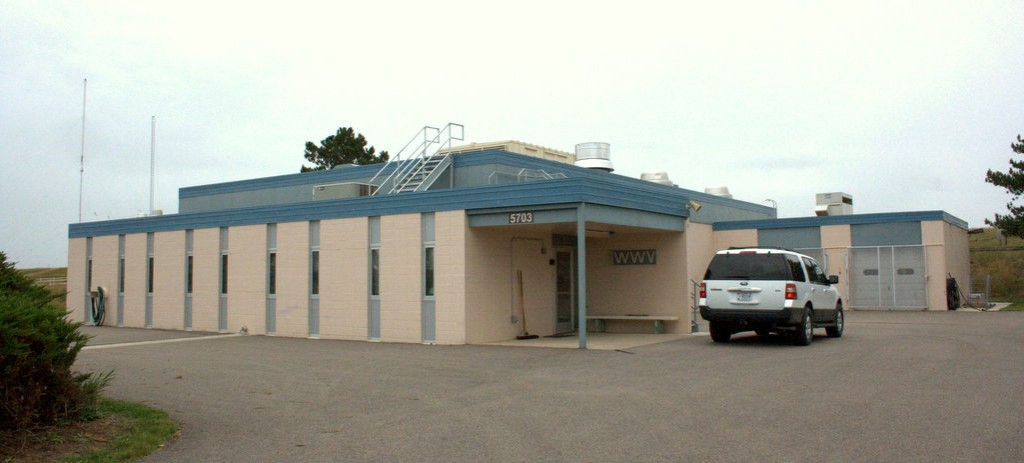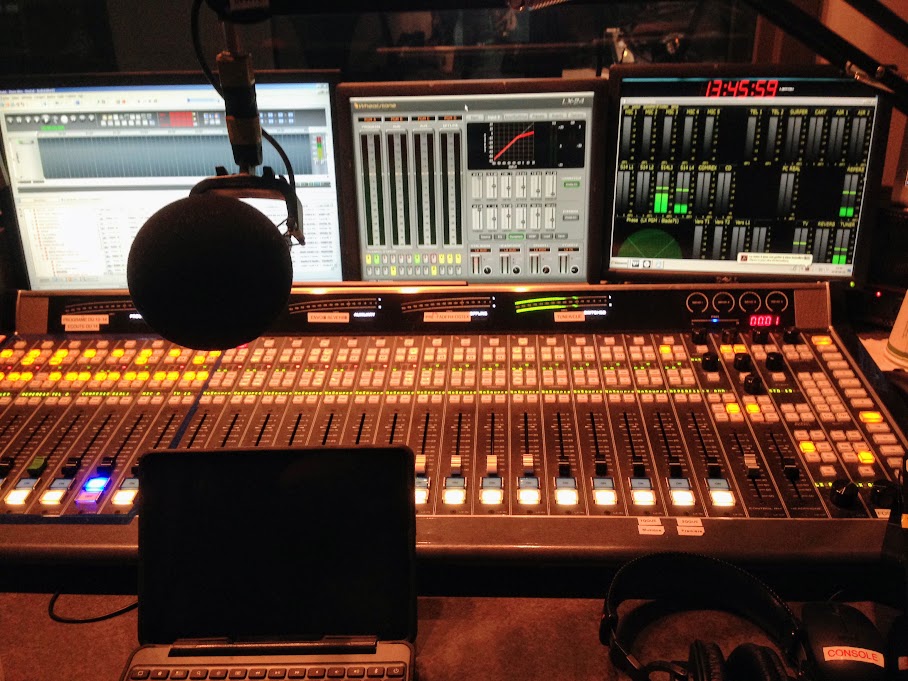
My recording booth at Radio-Canada/CBC Québec City
Hi, folks! If you just heard me on NPR’s Weekend Edition regarding the NIST Budget cuts to WWV, WWVH, and WWVB, welcome, and stick around! This is where the SWLing Post (and other projects we work on, such as the Shortwave Archive, the Radio Spectrum Archive, and the non-profit, Ears to Our World) serve up all things shortwave. Here, we discuss both the fun (and importance) of this cool old-school medium that, remarkably enough, still has relevance even in our internet-interconnected world.
And for our regular Post readers: on Thursday afternoon, I had the great pleasure of being interviewed by Scott Simon of NPR via Radio Canada/CBC in Québec City, QC, Canada. More on that to come.
The show (with the SWLing Post bit) aired just this morning. You can click here to listen via NPR’s website, or via the embedded player below:
I feel especially chuffed that NPR would give the topic of WWV some exposure. This piece wasn’t so much a call to action as simply building awareness of what the shutdown of our national pacemaker––in the form of WWVB time station––might mean to the average person who has a self-setting wall clock, or watch (most of us do). (Even at NPR, they’ll be asking, Now, where did we store that stepladder?)
Or what it might mean to the shortwaves themselves, which we in North America may appreciate a source of nostalgia or entertainment––and, yes, handy for keeping time––we have to recognize that there are still pockets of our world, especially in remote, rural, and/or war-torn regions, where shortwave radio is especially vital.
So, something that belongs to all of us––yet another example of a global source of information––may soon be taken away. If you disagree with this proposal, I urge you to contact your local representatives, and sign this White House petition.

